Asia: release date, episodes, trailer and everything we know about the new wildlife series
Asia is a landmark natural history series narrated by Sir David Attenborough that celebrates the spectacular wildlife of the world's largest continent.
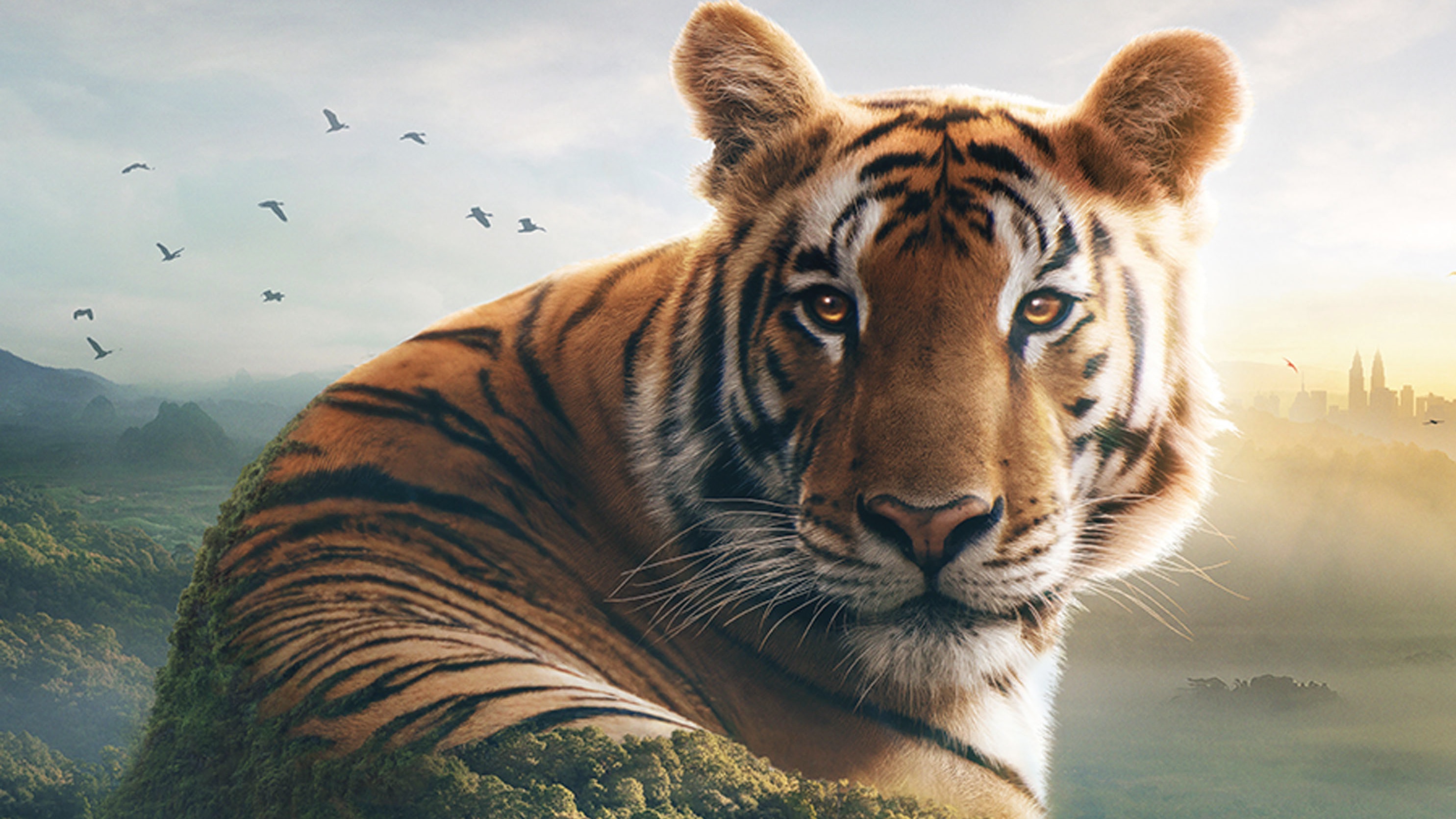
The world’s largest continent, Asia boasts an astonishing diversity of wildlife, including the iconic tiger, and habitats, from the highest mountains to the deepest oceans. Remarkably, however, it has never had a natural history series entirely devoted to it – until now.
The landmark seven-part series Asia, narrated by Sir David Attenborough, showcases astonishing footage of a varied range of species across deserts, mountains, grasslands, oceans and even in cities, starting with a look at life underwater.
"When people think of wildlife or wild places, they don't necessarily jump straight to Asia," explains executive producer Roger Webb. "But the animals you find in Asia are as big and charismatic as any you might find in Africa. There are rhinos there, elephants, tigers of course, and also lions, which I don't think some people realise. So the riches on offer are on a par with anywhere else in the world!"
Here's everything you need to know about Asia...
Asia release date
Asia will begin on BBC One on Sunday, November 3 with all episodes available as a seven-part box set on BBC iPlayer on the same day. Here's how to watch Asia from anywhere in the world.
Asia episodes
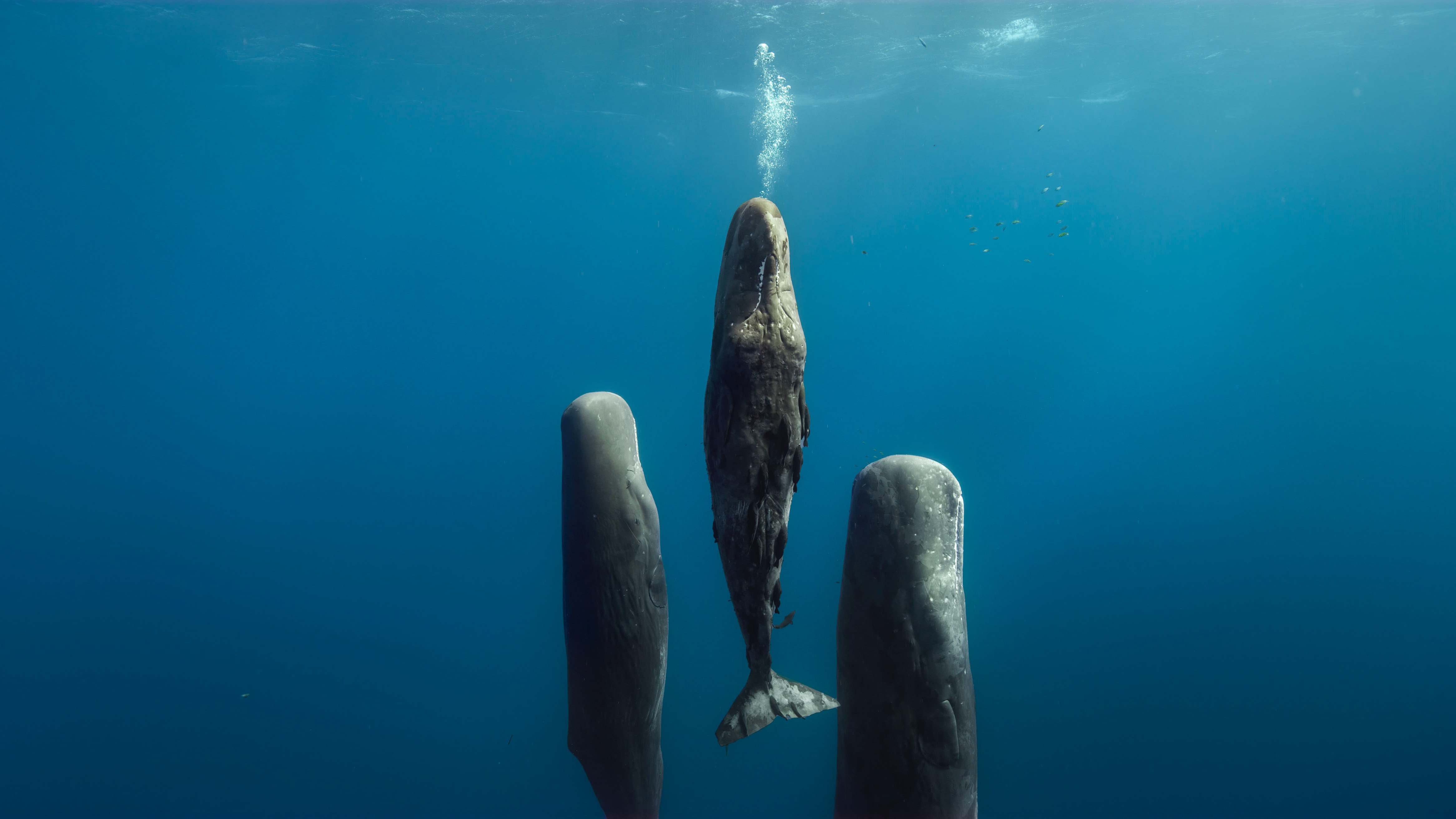
Here, executive producer Roger Webb and two of Asia’s producers select highlights from the seven spectacular episodes…
Episode one: Beneath the Waves
With more than 100,000 miles of coastline, Asia has the richest marine life on the planet. And in a charming sequence, a sperm whale calf is seen trying to get the hang of sleeping while suspended vertically in the water. ‘No one knows exactly why sperm whales sleep vertically,’ says producer Mark Wheeler. ‘The assumption is that it’s so they can very gently bob up to the surface and gently take a breath without disturbing their sleep.’ And while the adults make it look easy, the youngster keeps tipping over! ‘He really was a little character, and we were able to get those shots because the camera operator has such a good relationship with the whales,’ adds Mark. ‘In some cases, adults have brought their babies to show him!’
The latest updates, reviews and unmissable series to watch and more!
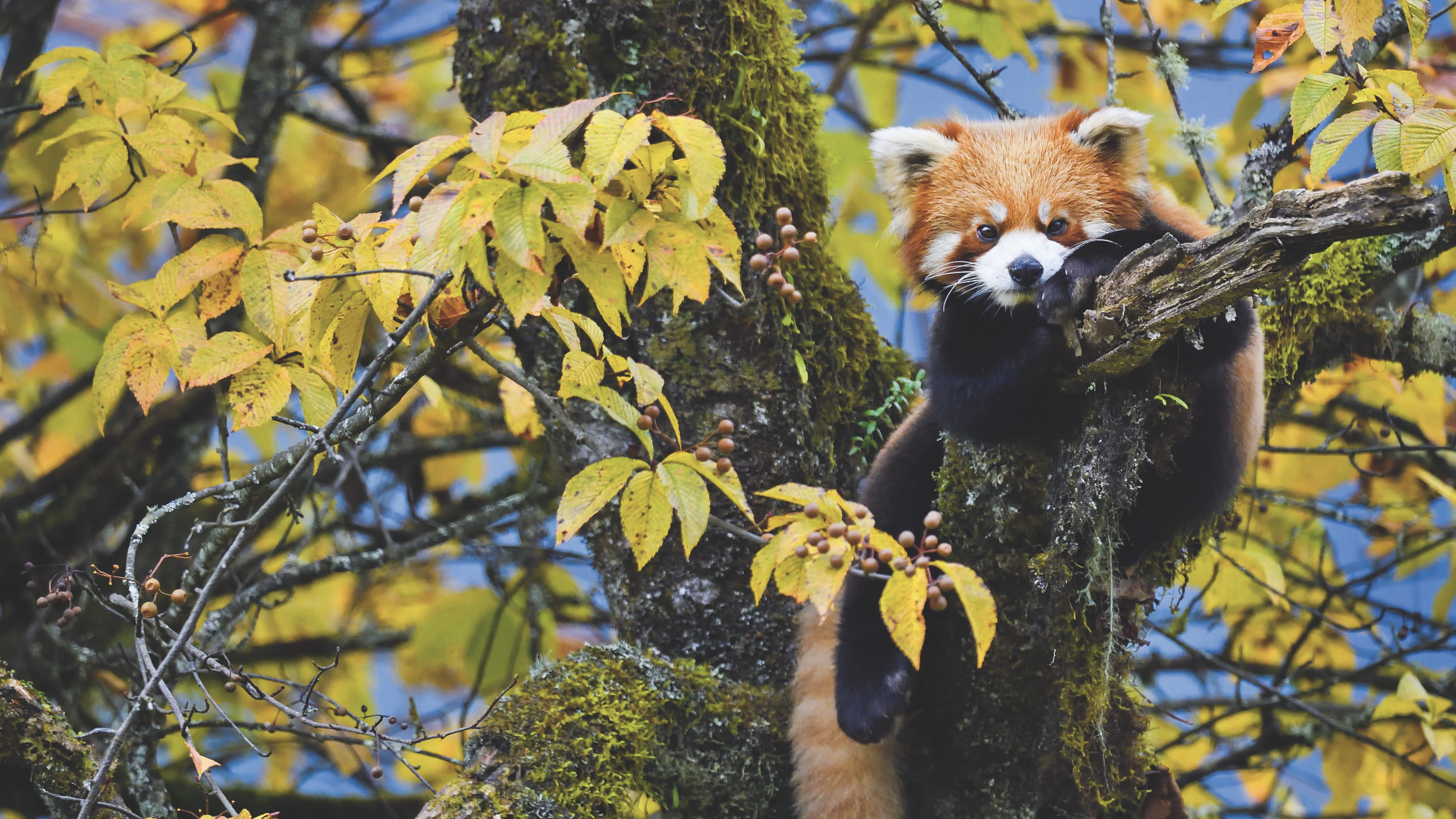
EPISODE TWO: Above the Clouds
In the world’s most mountainous continent, an abundance of wildlife has adapted to life at high altitudes, including a large population of swifts living in a mountain cave. ‘This is an amazing spectacle, as it’s the greatest concentration of swifts anywhere on the planet,’ says Roger. ‘But there’s a twist to the story as, in the water at the bottom of the cave, there are these big catfish. And as the swifts duel for a nesting site, on occasion they fall into the water, and that's a dangerous place for them to be with these big fish lurking there waiting to pounce! That is incredible behaviour, and a very powerful story. Of course, we feel for the swifts that are taken, but millions do make it!’
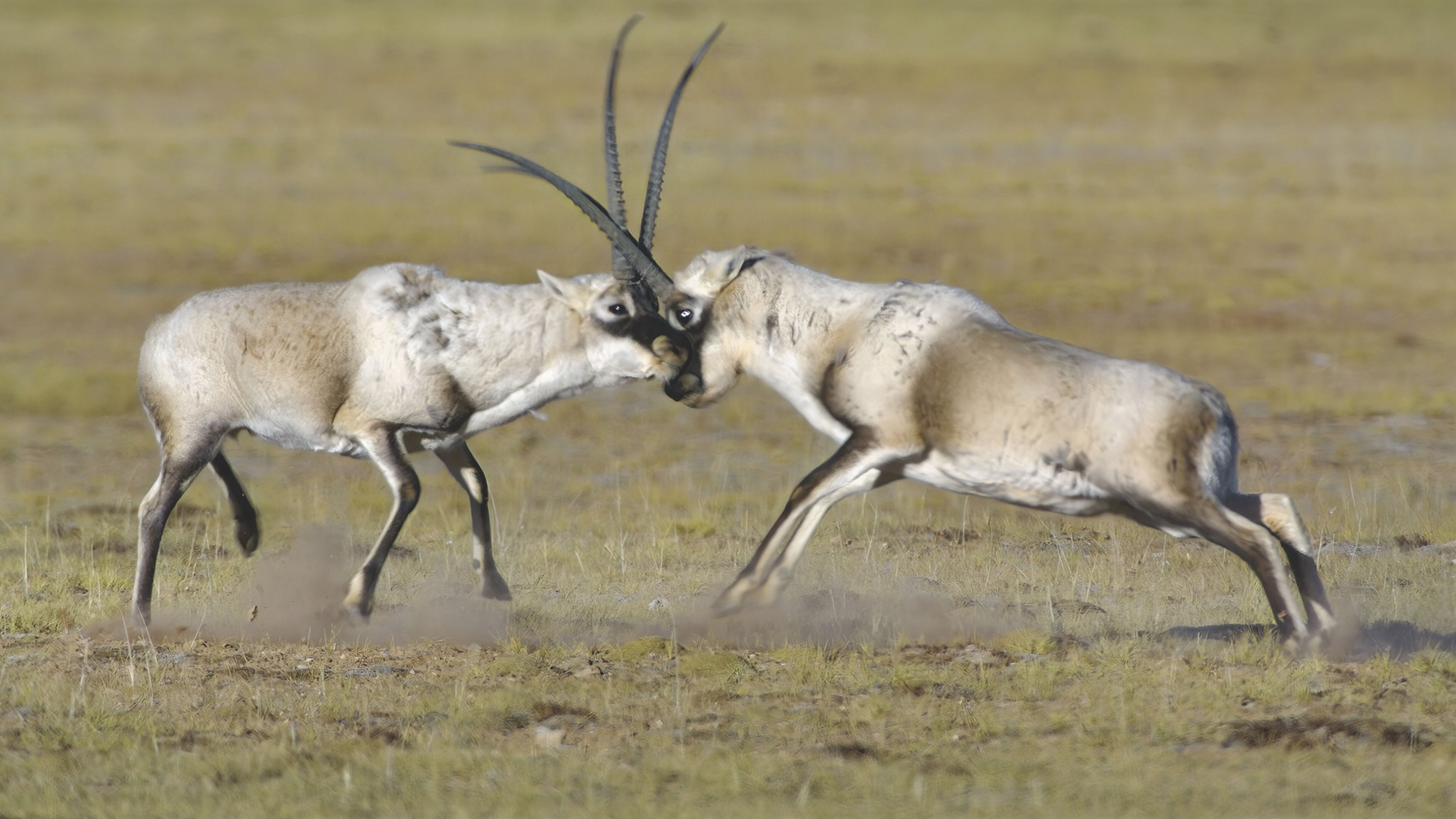
EPISODE THREE: The Frozen North
The Frozen North The hostile environment of northern Asia poses survival challenges for its inhabitants, from scarcity of food to extremely low temperatures. And the crew got an unexpected surprise while trying to film chiru antelopes during the rutting season on the Tibetan plateau. ‘The chiru are spectacular animals, and they live in this incredible, barren place at over 4000 metres,’ says Roger. ‘Our cameraman wasn’t having the best of luck, but then he came across this lone wolf that seemed happy for him to follow it. And lo and behold, it started hunting the chiru, running and running, hour after hour, wearing the chiru down! The light was going, the drone battery was fading, but we managed to film this incredible sequence.’
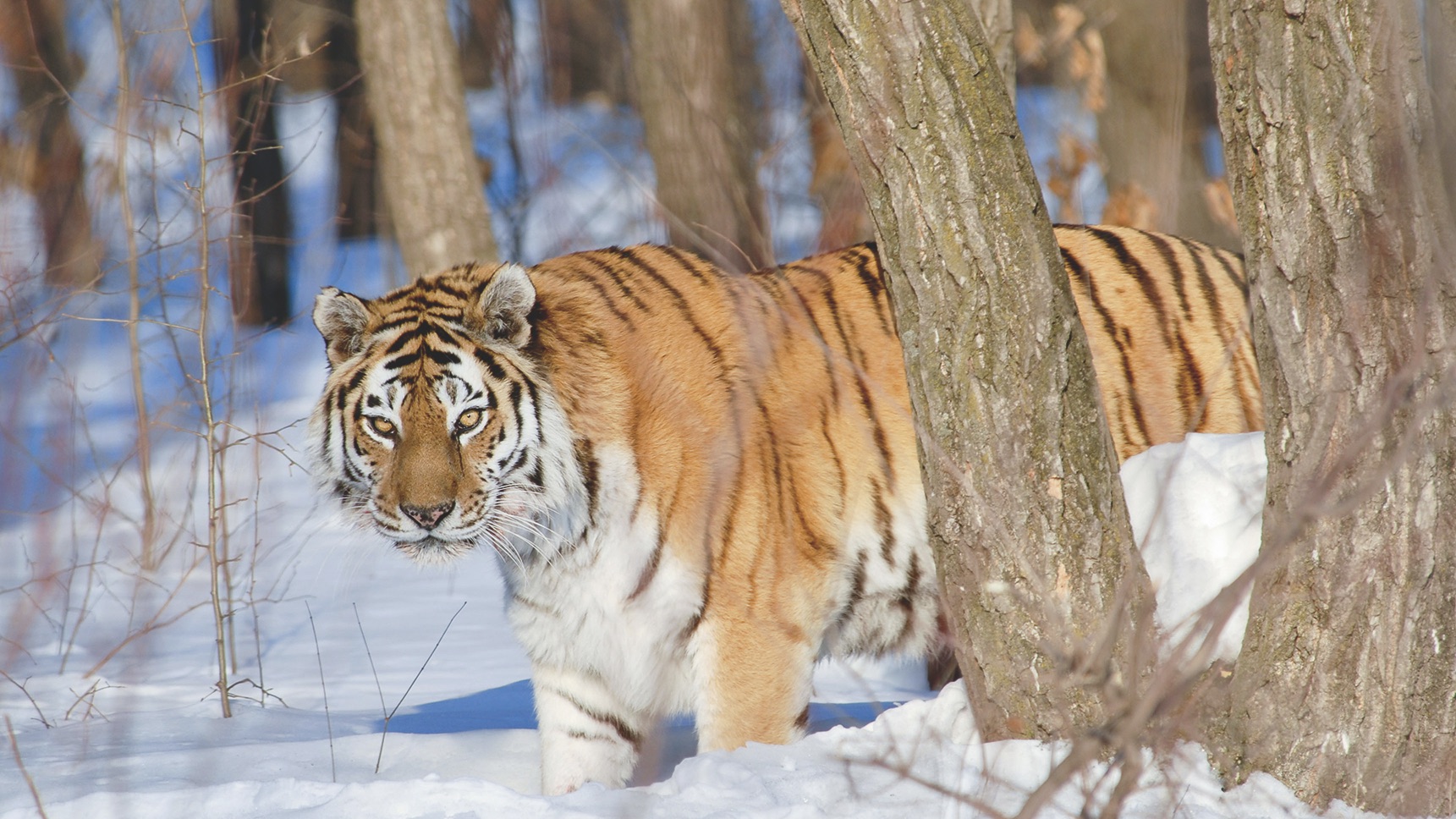
EPISODE FOUR: Tangled Worlds
Asia’s jungles are full of diversity but also danger, and home to species including rhinos, orangutans and leopards. And in one of the most remarkable sequences of the series, drones are used to capture thrilling interaction between tigers living in Nepal’s monsoon forests. ‘Using new, super-lightweight technology, we were actually able to fly drones over the tigers, and tell rather more intimate stories than perhaps you could with just a long lens,’ says series producer Matthew Wright. ‘So there’s tender behaviour and mating, but also hunting, which traditionally is so hard to capture at ground level, because the grass is so high and you just can't see anything! We were conscious that these are iconic animals in Asia, we wanted to film them in a new way, and we succeeded in that.’
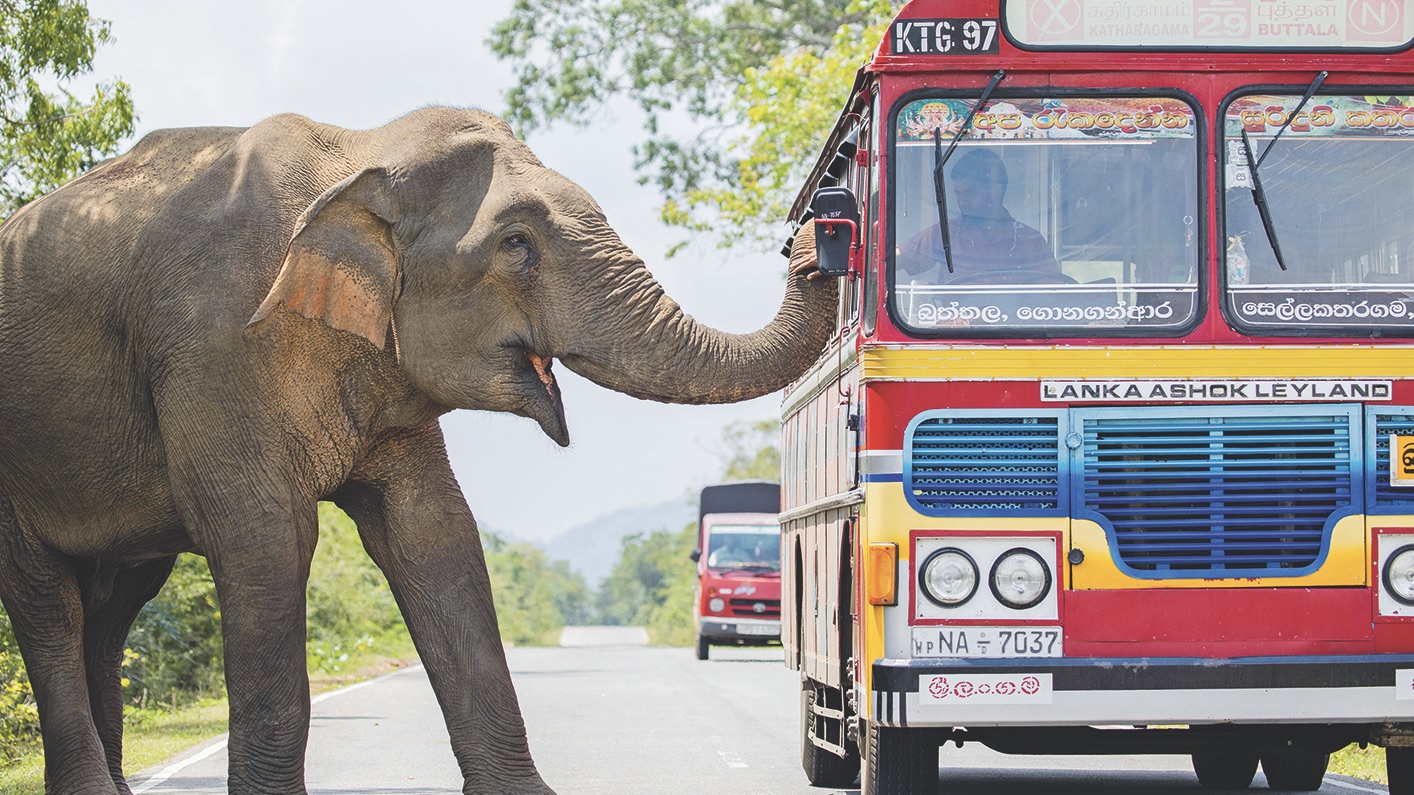
EPISODE FIVE: Crowded Continent
In the world’s most densely populated continent, wild animals have found ways in which to live alongside humans, and exploit the opportunities our world offers. They include some remarkably enterprising elephants in Sri Lanka that are committing highway robbery, taking food from passengers on buses! ‘Elephants are not animals you expect to see beside buses!’ says Matthew. ‘But they are very clever, and they've learned that, on this particular road to a temple, most of the pilgrims are going with fruit and other offerings. So the elephants have realised that they have these vehicles running up and down, which provide an endless supply of fruit – and the people tend to feed them!’
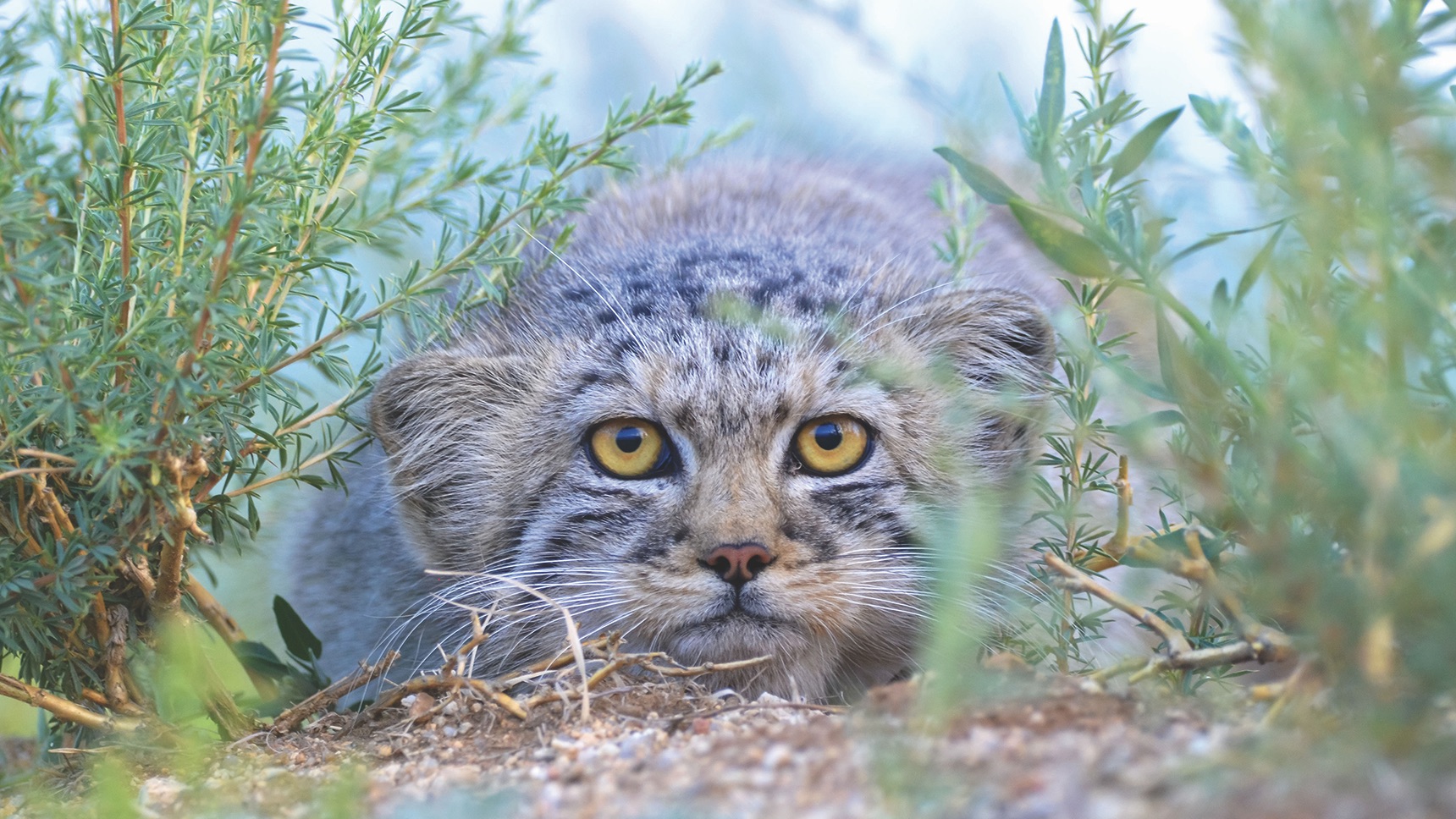
EPISODE SIX: The Arid Heart
Food and water are in short supply in the vast deserts and dry grasslands of central Asia, where only the most resilient species can survive and thrive. And it’s there that the camera crew caught a familiar-looking creature displaying some unexpected hunting behaviour. ‘It was a Pallas cat, which looks like a grey domestic cat, and lives out in the grasslands in Mongolia,’ says Matthew. ‘She’s got lots of kittens, and she hunts rodents, but the way she does it is weird. The cat creeps up and then flattens itself down and freezes – like a game of grandmother’s footsteps! This repeats until it’s really close, and then it lifts up its tail and waves it around, like a snake hypnotised by a snake charmer! It genuinely appears to mesmerise the rodent.’
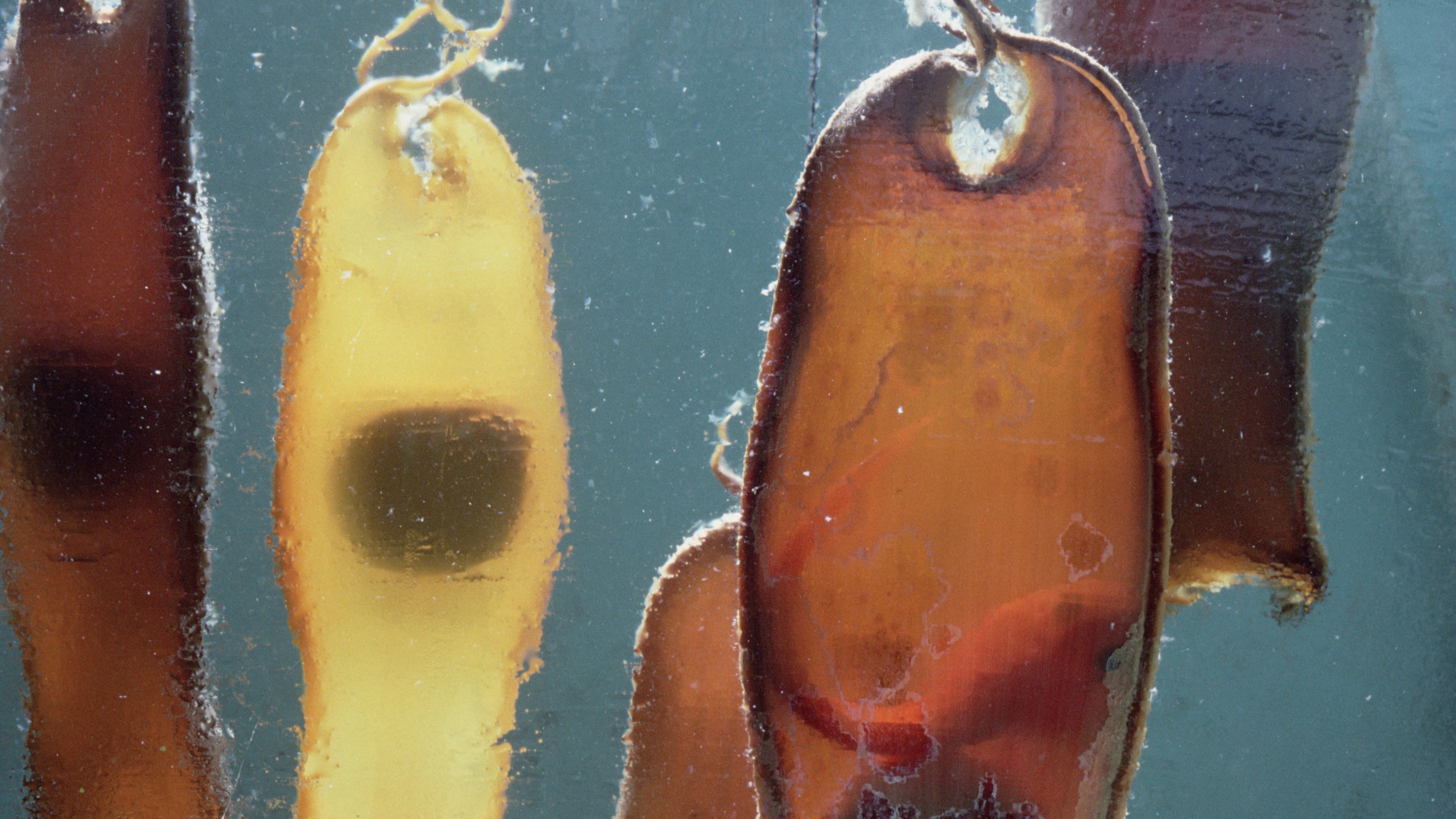
EPISODE SEVEN: Saving Asia
Like the rest of the planet, Asia faces serious conservation issues, and the final episode focuses on work being done in that area, including the release of a sun bear back into the wild, a team saving urban pangolins in Singapore, and a remarkable project involving shark embryos. ‘When a pregnant shark is accidentally caught in a fisherman’s net, they bring the dead shark to the aquarium, where it is operated on and the embryos are removed,’ explains Matthew. ‘They are transplanted into this special fluid and kept in the dark, as they would be in the womb, and the mixture is adjusted to mimic how conditions inside the mother would change. Eventually the baby sharks are born in the aquarium, and this high-tech solution potentially opens the door to doing the same thing with other, non-marine species.’
Is there a trailer for Asia on BBC One?
Yes, and it looks amazing! The trailer gives us a glimpse of all the amazing animals we will be meeting in the series. You can watch below...

Ian writes about TV and film for TV Times, What’s on TV and TV & Satellite Week magazines. He co-hosts the weekly TV streaming podcast, Bingewatch.


